Edgy, Arty, Lexington Park
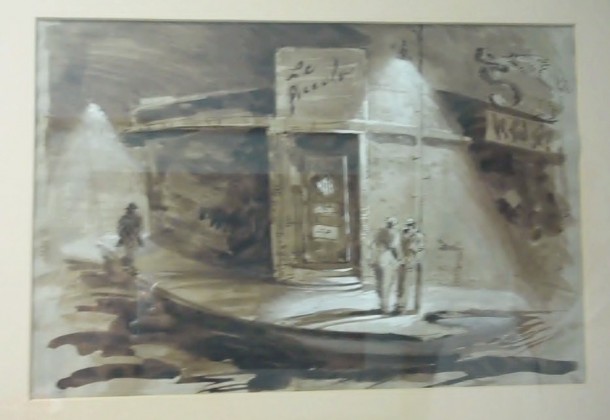
There’s an entry for “Art Towns” n Wikipedia, albeit an orphaned one. There’s a smartphone app for the “100 Best Art Towns in America.” Maryland sports an art district designation, complete with tax breaks, and is not alone among communities netting economic benefits from artistic retail, service and tourist scenes.
Still, the very nature of naming a town an “Art Town,” let alone the label itself, seems to diminish the truth of art somehow.
Tom Watts talks a lot about art and its power. “Art is counter-culture,” he says.
Art precedes change. The avant-garde of one generation is passe to the next. This is the way culture builds itself and has for as far back as we can find artifacts.
A gallery’s worth of Lexington Park art line Mr. Watts’ office walls and makes his case. The range is powerful, extending from representative Chesapeake Bay art through a Hopper-esque work by Tom Rowe of an old bar long gone and into the abstract work of Charlie Hewitt.
Mr. Watts displays an array of Mr. Hewitt’s work, including pieces of a multimedia series depicting the transition of farmland into a navy town. The collages blend representational and expressionistic styles and capture the piecemeal reality that still defines Lexington Park.
The clash of cultures and juxtaposed styles reflect the 1960s and 1970s of Lexington Park as well as across a culture-shifting nation. Mr. Hewitt continued to precede change in 1984, creating a life-sized stage setting depicting St. Mary’s City in 1634, “Lord Baltimore’s World.” The installation celebrated the 350th anniversary of English Catholics staking claim to land given Lord Baltimore in land dealings handled back in England.
After the celebration and much consternation, Mr. Hewitt’s work was dismantled. (He now lives and works in New York City. Go figure.) There were hard feelings between generations that those who remain can still recount.
The controversy included a debate surrounding real history and depicted history. The spot of Lord Baltimore’s World lay fallow for two decades until a remarkably similar concept began rising this century, depicting what had been there in 1634.
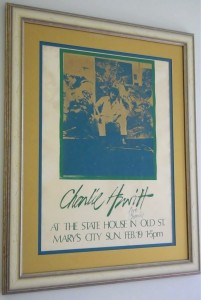 More than “Art Towns,” the story of “Lord Baltimore’s World” conveys a truth about what art is. Art is dangerous, it’s edgy. When art is good, it is a vision of what is to come; when it is great it speaks of what could be.
More than “Art Towns,” the story of “Lord Baltimore’s World” conveys a truth about what art is. Art is dangerous, it’s edgy. When art is good, it is a vision of what is to come; when it is great it speaks of what could be.
The ‘edginess’ appears whether in religious iconography, Mapplethorpe in-your-face, or a feather-by-feather depiction of a duck in a Chesapeake Bay retriever’s gentle mouth. Art gets inside your skin and worries at you. That’s its job, to change us.
Edginess is what art brings to town.
So here’s the thing about that, whether perception or reality, Lexington Park boasts an edginess that nowhere else around here has. Can this work for us? What kind of Lord Baltimore World in Lexington Park would draw us from our easy chairs? Would a Mapplethorpe in St. Mary’s Square get us out there and squabbling?
I think I’ll just ask Charlie Hewitt.
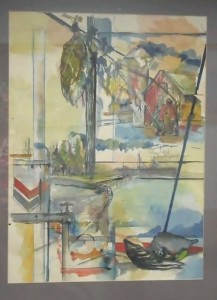
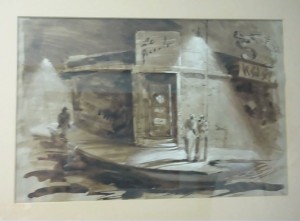
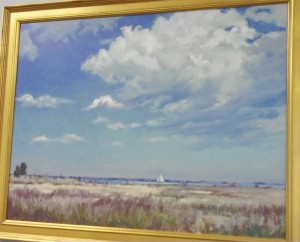
























This article was published in mid-January; was there any response? Where did it go from here? What is the edgy art? Does it exist or does it have to be created? Did the author ask Charlie Hewitt? Was there an answer?
Thanks,
NTG
Today’s story at : https://lexleader.net/site-specific-lexington-park/ and also https://lexleader.net/art-save-lexington-park/
Are additional Charlie Hewitt/Tom Watts stories on ideas they have about using art as a means to recapitalize Lexington Park. The notion of a site specific annual art show has been further discussed as a jumping off point for a remarkable array of virtual art opportunities. This offshoot adds an engineering/artistic ccollaboration which could even more strongly link NAS Pax River to Lexington Park revitalization.
I think it is really exciting! Thanks for your interest.
VikiV